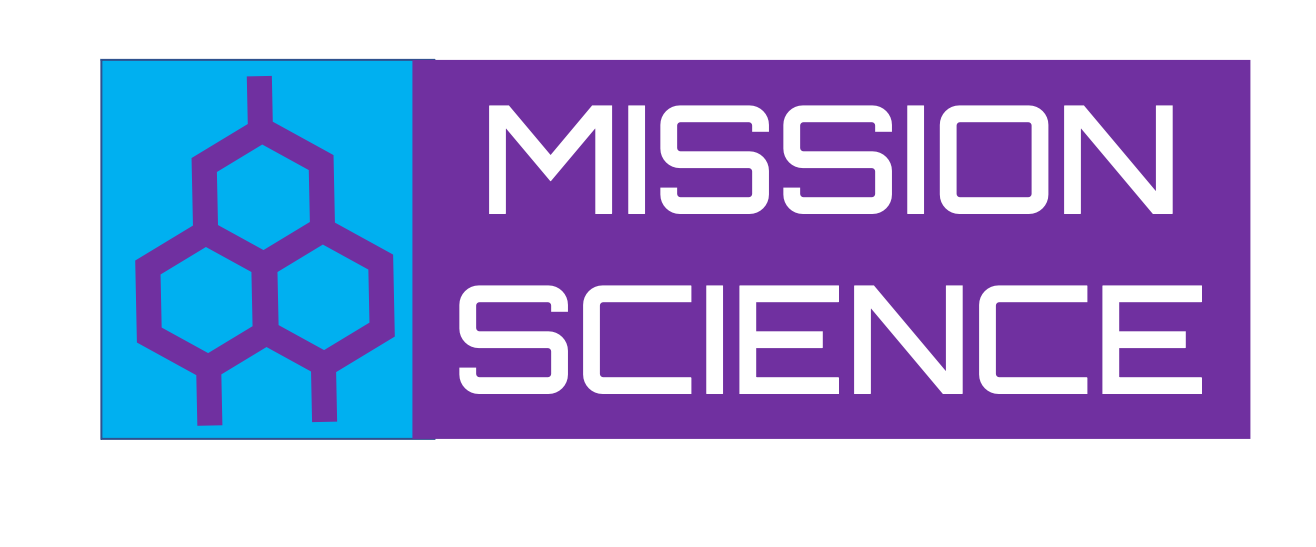Diabetes is a long-lasting health condition that affects the way the body turns food into energy. There are two types of diabetes: Type 1 and Type 2.

Normally, the food you eat is broken down into glucose by your body. This causes the blood glucose levels to rise. In response, the pancreas produces insulin to help regulate the amount of sugar in the blood. This insulin enters the bloodstream and binds to receptors on cells. This is more common in cells that require more energy in the form of ATP, such as muscle cells. This binding allows for phosphates to transfer through cell signaling, known as signal transduction.

Phosphates are passed from protein to protein, allowing the message to eventually be received by the GLUT4 transport channel. This causes the channel to detach from the inside of the cell and attach to the cell membrane. The channel then opens and allows glucose to diffuse through the cell membrane into the cell. Within the cell, glucose undergoes cellular respiration and is produced into energy in the form of ATP.

When an individual has Type 1 diabetes, they are unable to produce insulin. This means that when blood glucose levels rise, the pancreas is unable to produce insulin for the body to help regulate glucose levels by allowing the cells to convert it to energy. Because of this, there is no insulin to bind to the receptor.
The GLUT4 channel protein isn’t activated and there is a reduced ability to use the ingested glucose for energy. This signal cascade, which ultimately leads to the glucose transporter opening and allowing glucose to be transported into the cell, never happens.

When an individual has Type 2 diabetes, the pancreas still produces insulin for the body like normal after blood-glucose levels rise. The problem, in this case, is the step after. The most common problem that can occur is that insulin molecules are unable to attach themselves to the insulin receptor. This problem could be a result of a potential mutation to the insulin receptor, which causes the receptor to have a different shape, not allowing for a perfect fit. This could prevent the signal cascade from ever happening in the first place. On the other hand, the insulin molecules could have no problem attaching to the insulin receptor.
The problem, in this case, lies within the signal cascade. One of the proteins in the cascade could have a mutation, causing it to have a different shape, not allowing for a perfect fit. If a signal were disrupted in the signal cascade, then the next step would be nonexistent. This, as well, leads to the glucose transporter not being able to open up or allow glucose to be transported into the cell.
